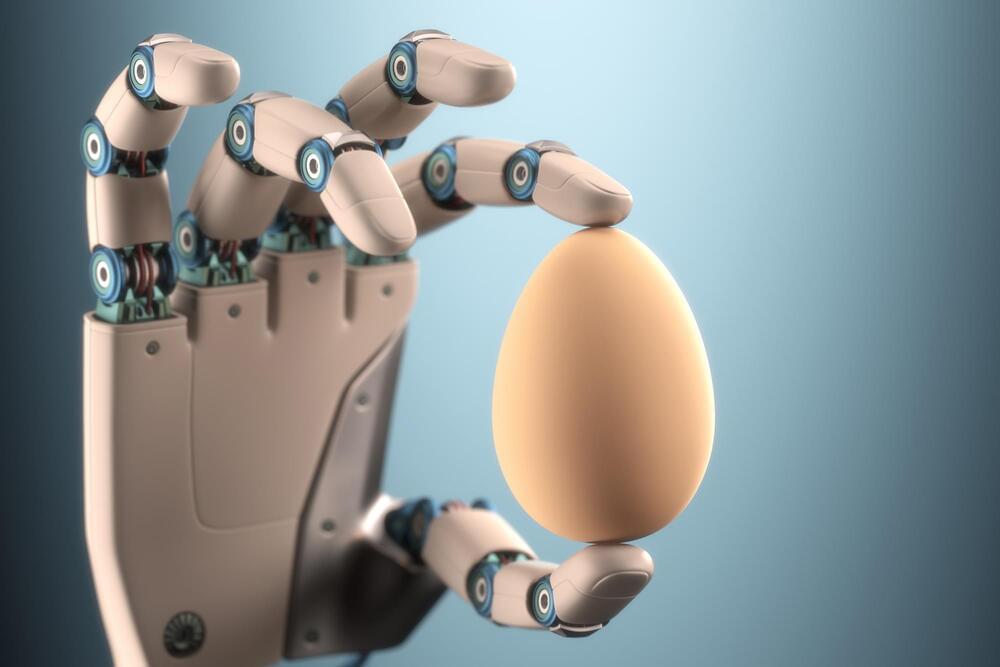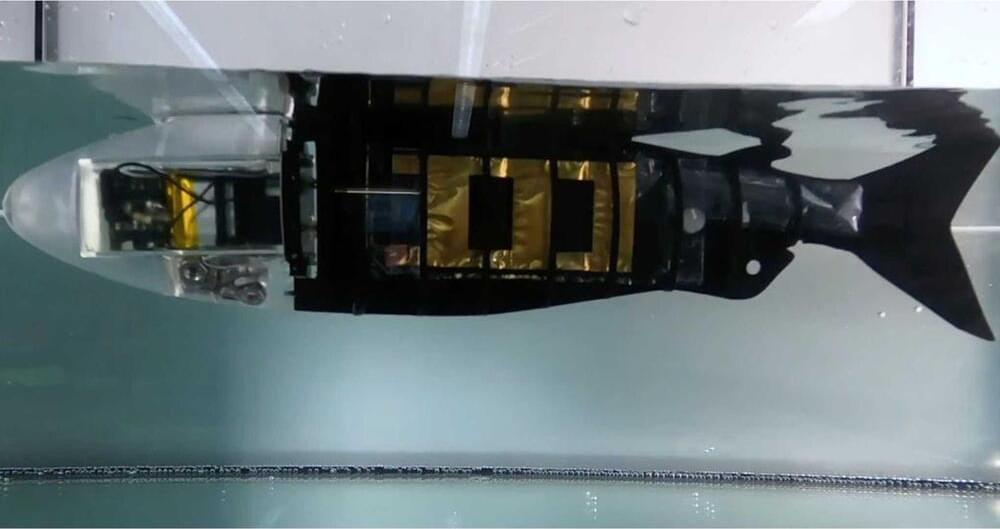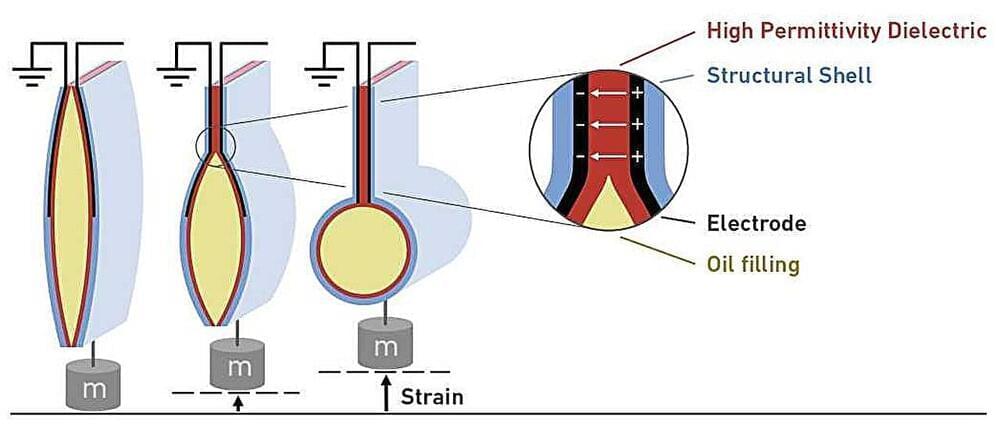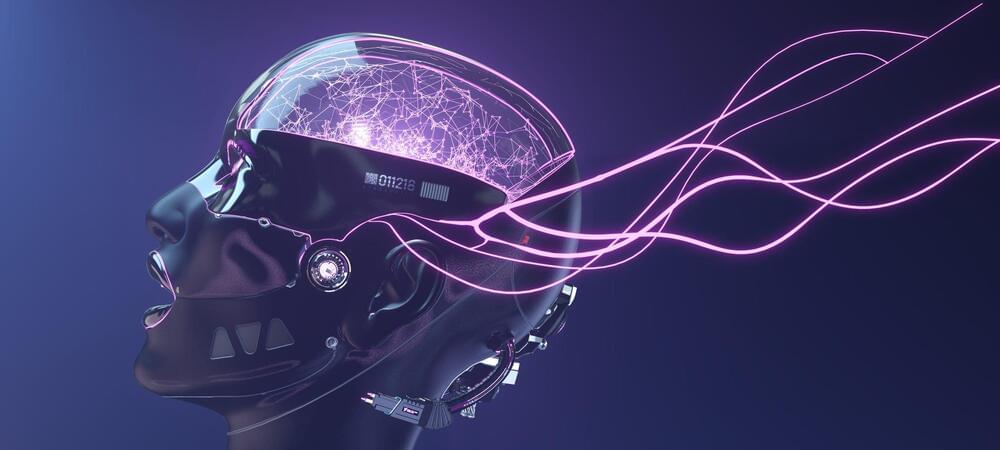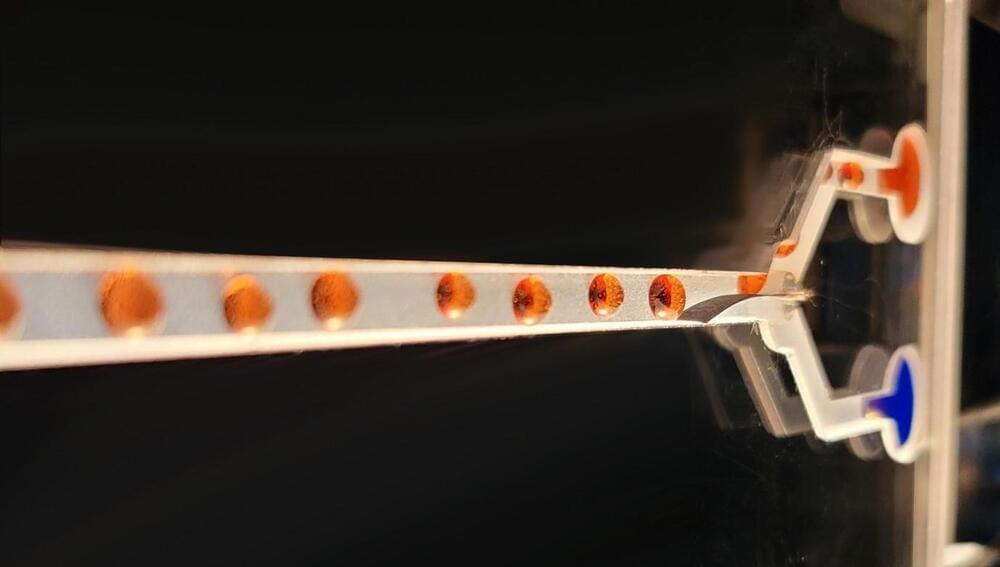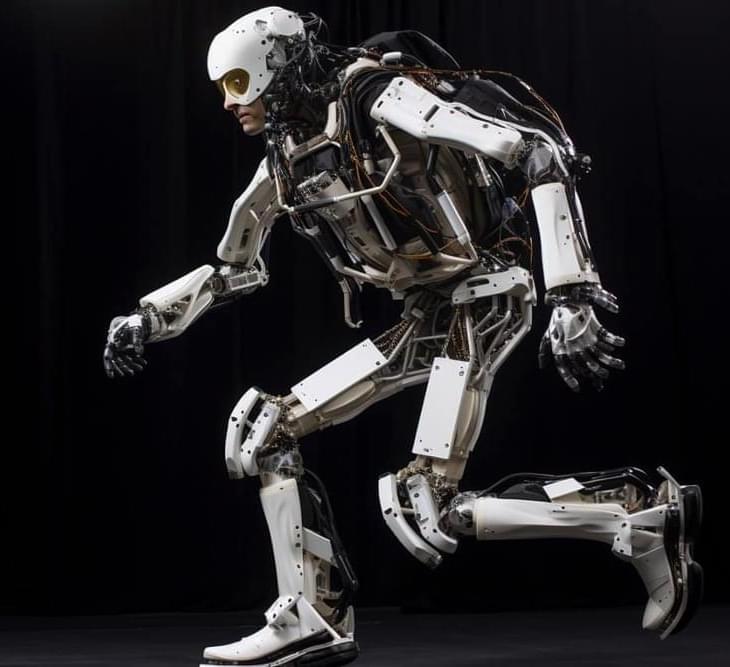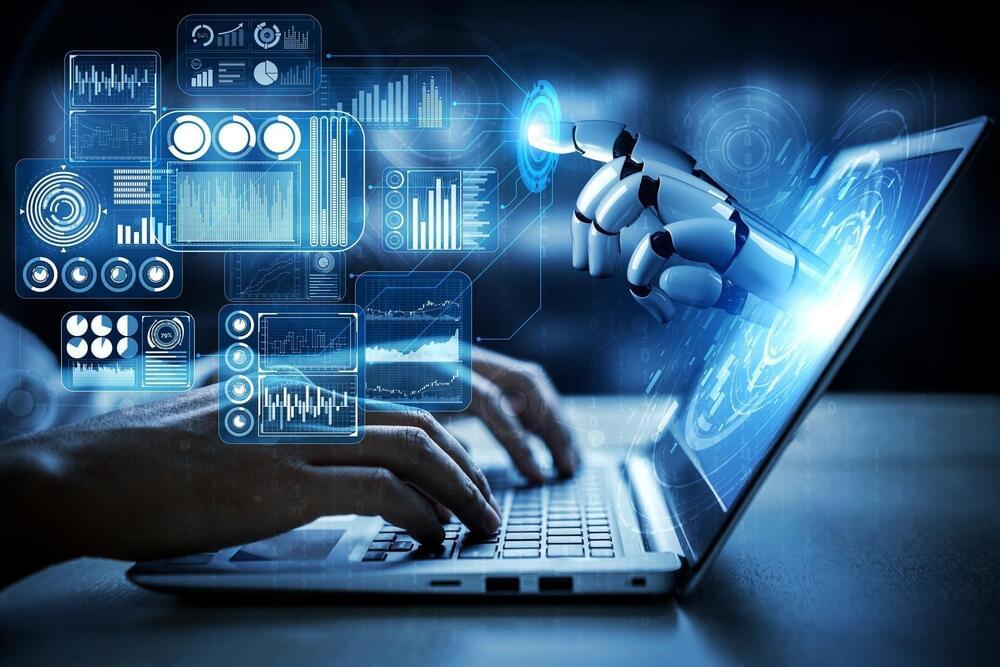Feb 2, 2024
Breakthrough could see robots with ‘fingertips’ as sensitive as humans
Posted by Zola Balazs Bekasi in categories: biotech/medical, cyborgs, food, robotics/AI
Researchers have overcome a major challenge in biomimetic robotics by developing a sensor that, assisted by AI, can slide over braille text, accurately reading it at twice human speed. The tech could be incorporated into robot hands and prosthetics, providing fingertip sensitivity comparable to humans.
Human fingertips are incredibly sensitive. They can communicate details of an object as small as about half the width of a human hair, discern subtle differences in surface textures, and apply the right amount of force to grip an egg or a 20-lb (9 kg) bag of dog food without slipping.
Continue reading “Breakthrough could see robots with ‘fingertips’ as sensitive as humans” »
